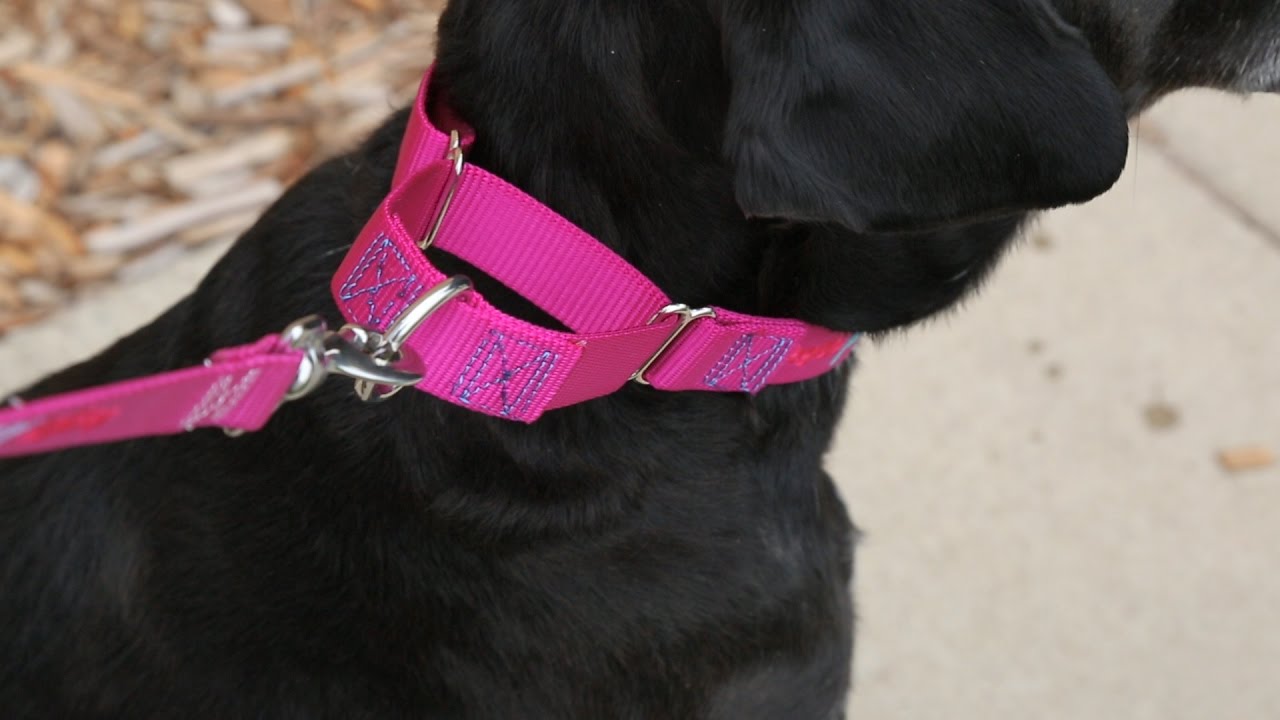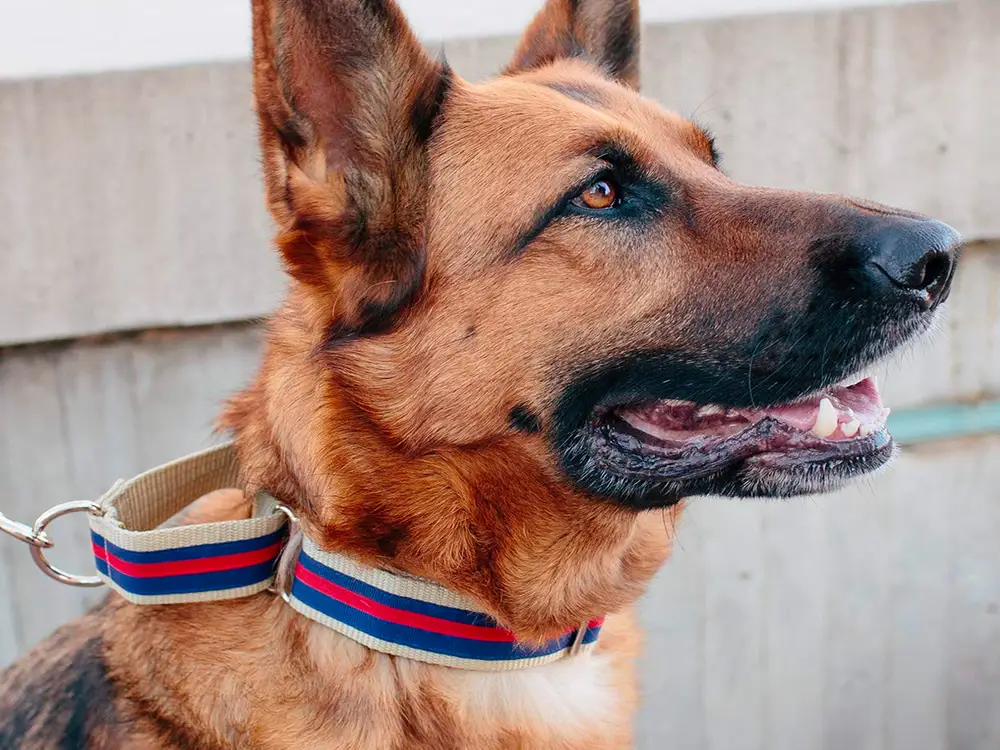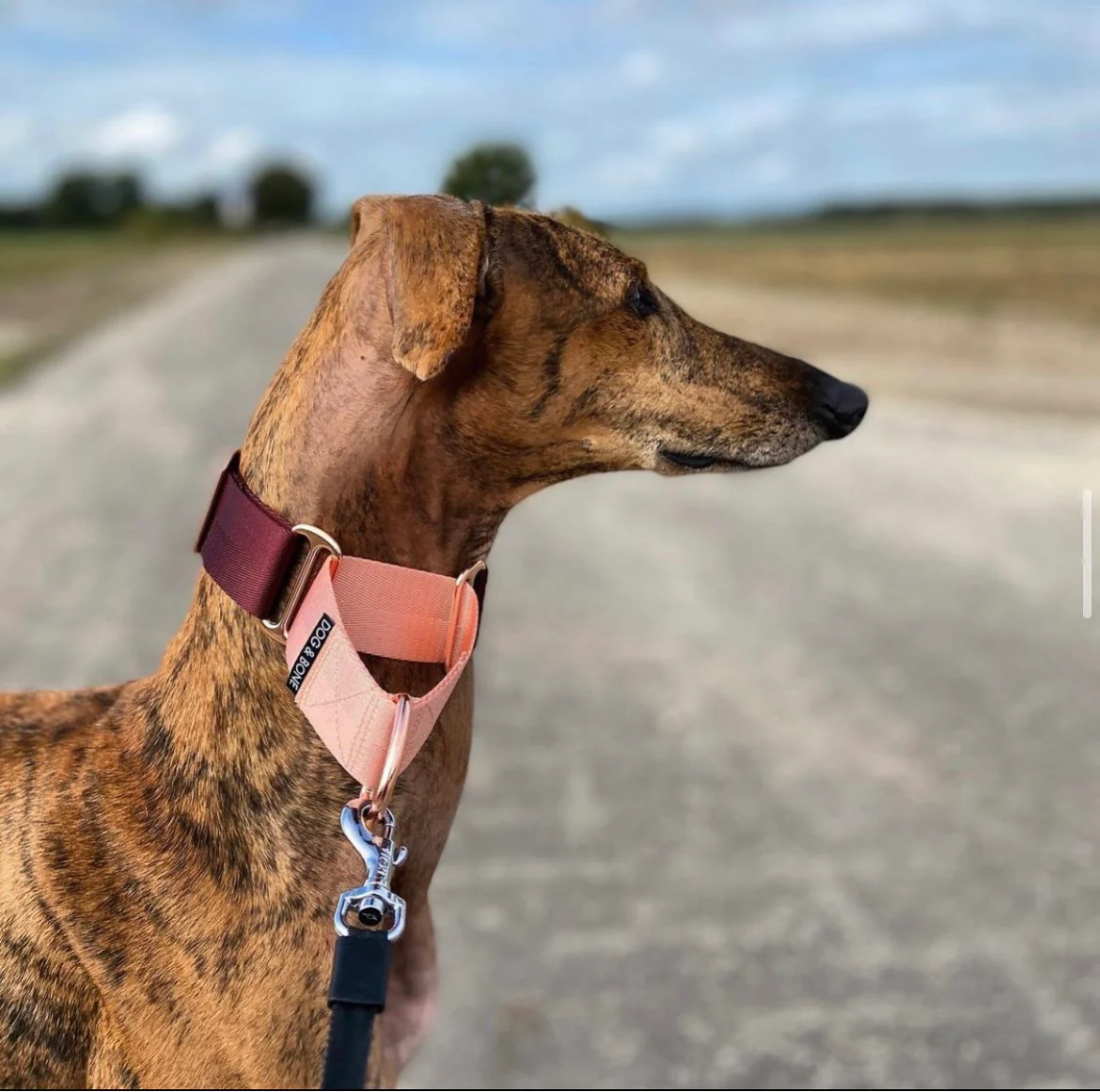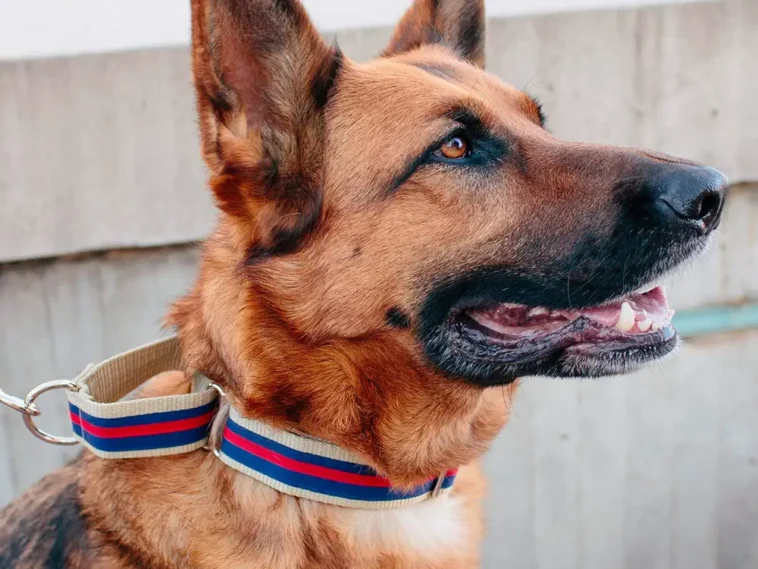Choosing the right collar for your beloved canine companion is an essential decision that affects their comfort, safety, and overall well-being. With numerous options available in the market, it can be overwhelming to determine which type of dog collar is best suited for your furry friend. In this article, we will explore various types of dog collars and help you make an informed choice that suits your dog’s needs and lifestyle.
Flat Collar
The flat collar is the most basic and commonly used type of collar for dogs. It consists of a simple strip of material, usually nylon or leather, with a buckle or snap closure. Flat collars are lightweight, affordable, and ideal for everyday use. They come in various colors and designs, allowing you to add a touch of personality to your pet’s appearance.
Flat collars are suitable for most dogs, especially those with no specific behavioral issues or medical conditions. They are perfect for carrying identification tags with important contact information, making them crucial in case your dog gets lost.
Martingale Collar

Martingale collars are designed to prevent dogs from slipping out of their collars while providing more control than a flat collar. They consist of a wider section that rests comfortably around the dog’s neck and a smaller loop that tightens when tension is applied. Martingale collars are especially suitable for dogs with narrow heads, such as Greyhounds and Whippets, who have a tendency to escape regular collars.
Harness
A harness is an alternative to traditional collars and is particularly useful for dogs prone to neck injuries or those who tend to pull on the leash. Harnesses distribute the pulling force across the dog’s chest and shoulders, reducing strain on their neck. There are various types of dog harness and lead set available, including front-clip, back-clip, and no-pull harnesses. Each type offers different levels of control and comfort, depending on your dog’s behavior and walking style.
Head Collar
Head collars, like the Gentle Leader and the Halti, resemble muzzles but work differently. They wrap around the dog’s muzzle and neck, giving you control over their head movements. When the dog pulls, the head collar gently turns their head towards you, discouraging the pulling behavior.
Head collars are effective tools for managing strong and overly enthusiastic dogs during walks. However, they may take some time for the dog to get used to and can cause discomfort if not fitted correctly. Proper fitting and gradual acclimation are crucial when using head collars.
Prong Collar (Pinch Collar)
Prong collars consist of metal links with blunted ends that are designed to provide a corrective response to pulling behavior. When the dog pulls, the prongs press against the neck, creating discomfort without causing harm. These collars are usually used for training purposes under the guidance of a professional pet trainer. Prong collars are controversial and not recommended for inexperienced owners, as improper use can lead to injury and negative associations for the dog.
Choke Chain
Choke chains, also known as slip collars, are metal collars designed to tighten around the dog’s neck when pulled. They are often used for training and correction but should be used with caution and only under the guidance of an experienced trainer. Choke chains can cause injury if used improperly, and they can lead to respiratory issues and neck injuries, particularly in dogs that pull forcefully.
Electronic Collar (E-collar)

Electronic collars, or E-collars, are a type of remote training collar that delivers an electronic pulse or vibration to the dog when activated. They are often used for training purposes and can be effective in reinforcing commands and discouraging unwanted behavior from a distance.
However, like prong collars and choke chains, E-collars require proper training and supervision to be used humanely. Misuse of E-collars can lead to fear and anxiety in dogs, so it’s crucial to consult with a professional trainer before considering this type of collar.
Benefits Of Dog Collars
Identification and Safety: One of the primary benefits of dog collars is the ability to attach identification tags. These tags typically include the dog’s name and the owner’s contact information, making it easier for others to return a lost pet to their home. Collars help identify dogs as pets with owners and increase the chances of a reunion if they ever get separated.
Control during Walks: Collars provide a convenient point of attachment for leashes, giving owners better control during walks. This control is essential for ensuring the dog’s safety, preventing them from running into dangerous situations or interacting aggressively with other dogs and people.
Training Tool: Collars can be valuable tools for training pets. For instance, a flat collar can be used for basic obedience training, while specialized collars like head collars or no-pull harnesses can aid in teaching loose leash walking and discourage pulling behavior.
Behavioral Management: Certain types of collars, like martingale collars, can prevent dogs from slipping out of their collars when they pull or back out. This feature is especially beneficial for dogs with anxiety or reactivity issues, reducing the risk of escape and potential dangers.
Medical Identification: Apart from regular identification tags, some collars are designed to hold medical information. These include collars with QR codes that link to the dog’s medical history or alert tags indicating specific health conditions, allergies, or medications. This information can be crucial in emergencies when quick medical attention is required.
Fashion and Personalization: They come in a wide range of styles, colors, and materials, allowing owners to personalize their pets’ appearance. From classic leather to vibrant nylon, dog collars can reflect the dog’s personality and the owner’s taste.
Attachment Point for Accessories: Many collars come with a D-ring or attachment point for additional accessories, such as tags, charms, lights, and even small pouches. These accessories can enhance the dog’s safety and comfort during outdoor activities, making them visible in low-light conditions or carrying treats for positive reinforcement.
Bonding and Trust: The process of putting on and taking off a collar, especially when done gently and positively, can contribute to building trust and a positive association with the owner. It strengthens the bond between the dog and the owner, making the dog more receptive to training and interactions.
Legal Requirements: In many places, it is a legal requirement for dogs to wear collars with identification tags while in public areas. Complying with these regulations ensures that you avoid potential fines and contribute to a more responsible pet ownership community.
Monitoring Health and Growth: Collars can also serve as a tool for monitoring a dog’s health and growth. If a collar becomes too tight or too loose, it may indicate changes in the dog’s weight or development, prompting the owner to make necessary adjustments or consult a veterinarian.
Factors to Consider When Choosing a Dog Collar

Size and Fit: Ensure the collar fits snugly around your dog’s neck without being too tight or too loose. You should be able to fit two fingers comfortably between the collar and your dog’s neck.
Dog’s Breed and Behavior: Consider your dog’s breed, size, and behavior. Some breeds may benefit from specific collar types due to their unique physical traits and temperaments.
Comfort and Material: Choose a collar made from comfortable materials like soft nylon or leather to prevent chafing and discomfort. Avoid materials that may irritate your dog’s skin.
Purpose: Determine the primary purpose of the collar. Is it for everyday use, training, or identification? Different collars serve different functions.
Training Needs: If your dog requires training, consult a professional trainer to recommend the most appropriate collar for your training goals.
Allergies or Skin Sensitivities: If your dog has allergies or sensitive skin, consider hypoallergenic materials or softer collars.
Conclusion
Selecting the right collar for your dog is a crucial decision that impacts their comfort, safety, and training. Consider your dog’s size, breed, behavior, and walking style when choosing a collar. Flat collars are suitable for most dogs, while martingale collars offer added security. Harnesses are great for dogs prone to pulling or neck injuries. Head collars provide extra control but require proper introduction and positive reinforcement. Avoid choke chains and prong collars unless under professional guidance. Remember, your dog’s well-being should always be the top priority when making a decision about their collar.




